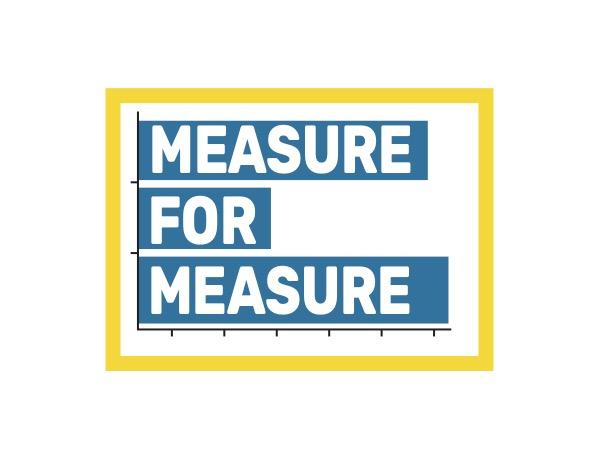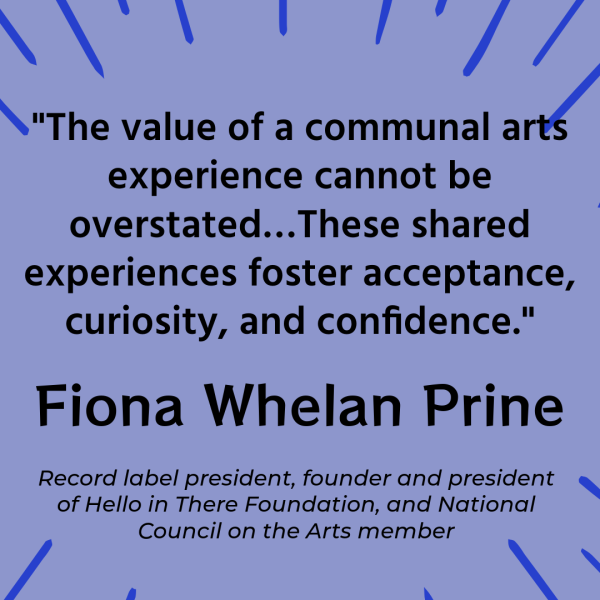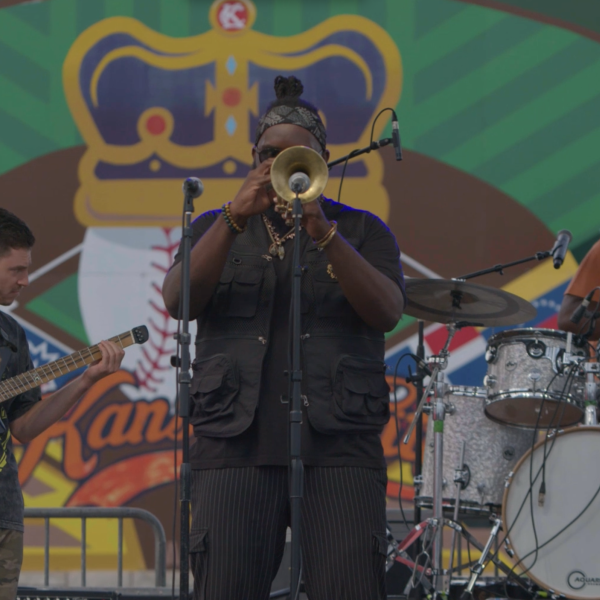Can the Arts Fortify State Economies in Times of Financial Crisis? Yes, Apparently

Little over three years ago, after nearly a full year of COVID-19 in the United States, the National Assembly of State Arts Agencies (NASAA) published a research report on “the arts and culture sector’s contributions to economic recovery.” Doug Noonan, an economics professor at Indiana University Indianapolis, had authored the report, using data from the U.S. Arts and Cultural Production Satellite Account (ACPSA), an initiative of the NEA in partnership with the Bureau of Economic Analysis.
Noonan analyzed state-level rates of recovery from the Great Recession (2007-2009). State arts economies, while they “suffered disproportionately” from the recession, were also among the quickest to bounce back, he found. Their subsequent growth rates, moreover, exceeded those of the U.S. economy as a whole. It also turned out that the states with the greatest post-recession growth were those with larger arts economies.
The report was among many written while the pandemic was in full force, in an attempt to predict the long-run effects of economic losses to the arts sector. Unlike those other efforts—valuable entries such as SMU DataArts’ Arts and Cultural Organizations: In It for the Long Haul and Richard Florida and Michael Seman’s Lost art: Measuring COVID-19’s devastating impact on America’s creative economy—the Noonan report focused on understanding how and to what extent, in the wake of an economic crisis, the fiscal health of states can rely upon arts industries.
A problem, Noonan freely admitted, was the lack of up-to-date statistics about COVID’s toll on state economies—and, especially, on arts industries—a gap compounded by the pandemic’s shifting trajectory when the analysis was performed. As a surrogate for the dataset that he undoubtedly would have preferred, Noonan used ACPSA statistics covering the 2007-2009 recession, another major shock to the economic system. Yet now we have BEA data not only from 2020, but also from 2021. (Indeed, later this month, the NEA and BEA will release data from 2022.) Armed with the new numbers, Noonan has been able more recently to test his assumptions about the arts’ state-level impacts on economic recovery. For NASAA and its constituents, the results are encouraging.
Noonan applies statistical modeling (we won’t dwell on the niceties of panel vector autoregression, affectionately known as PVAR) to 21 consecutive years of data from the ACPSA. Over this time (2001-2021), he maintains, growth of the arts economy actually caused growth in states’ overall economies, as measured by Gross State Product (GSP). The effect size was modest, but present. Noonan calculates that if a state’s arts economy were to double in a given year, it would cause, in the following year, an 8 percent growth in the rest of the state’s economy.
In particular, the so-called “core” arts industries—these are the hotbeds for content creation (e.g., independent artists, writers, and performers, and creative advertising)—while they may have experienced some of the most severe setbacks in times of economic crisis, were shown to rebound much more sharply in comparison with the overall economy, or the arts economy in general.
As did the NEA in its own analysis last year, Noonan proceeds to note the phenomenal growth of web streaming and web publishing (technically, a “supporting” arts industry) in recent years, and he reports a 14 percent growth rate for arts and cultural industries from 2020 to 2021. As the NEA had reported, this figure compares with the overall economy’s 6 percent growth rate over the same period. But Noonan also observes that the arts have accounted for 4.2 percent to 4.7 percent of the nation’s GDP for every year since 2001, which means they have remained economically “consequential” not only in good times but in bad. (The dataset covers three economic recessions.)
The most subtle finding of his report is that the arts’ growth trends appear independent of those of other sectors. (For example, while growth in the arts is shown to affect states’ overall economies, the arts, in turn, seem not to be affected directly by state economic growth.) According to Noonan, this factor “provides a diversification strength—something that may be especially important for states whose economic fortunes hinge on just a few industries.”
“An arts sector that can diversify state economies and rapidly rebound from duress is particularly valuable, as has been seen throughout recoveries from the Great Recession and the COVID-19 pandemic,” he continues.
As noted above, the NEA and BEA soon will release 2022 statistics from the Arts and Cultural Production Satellite Account. Noonan’s analysis could be strengthened by this additional year of post-COVID data.




